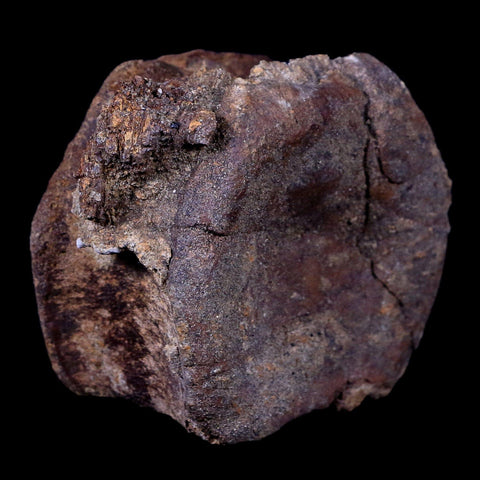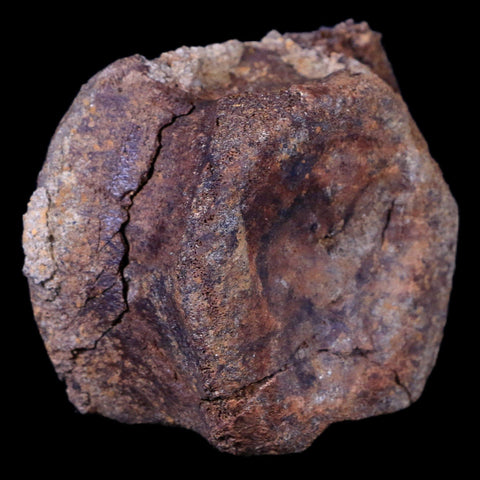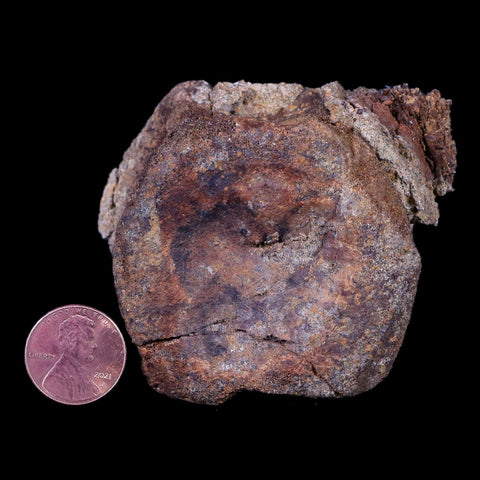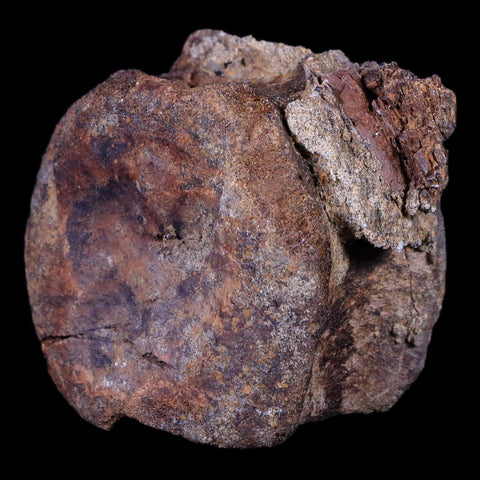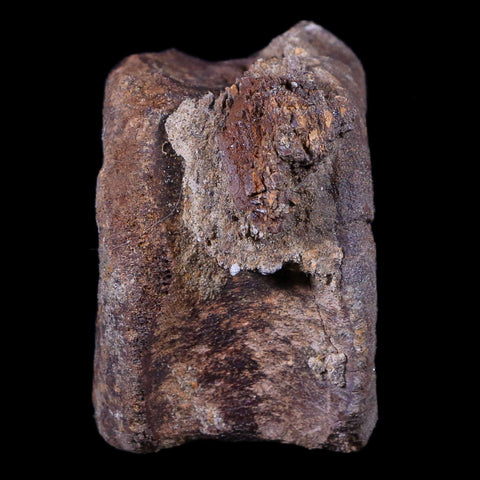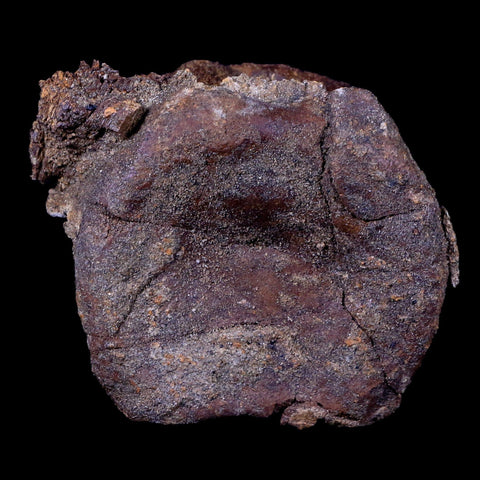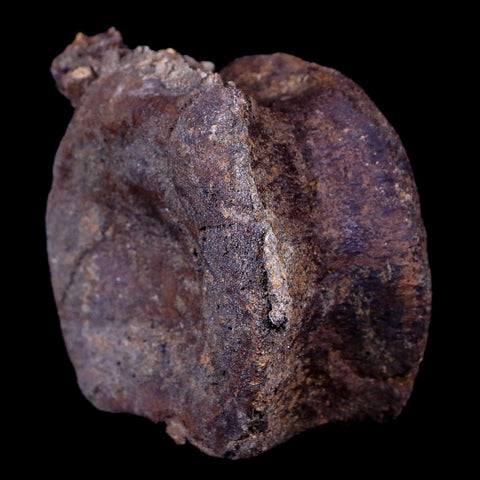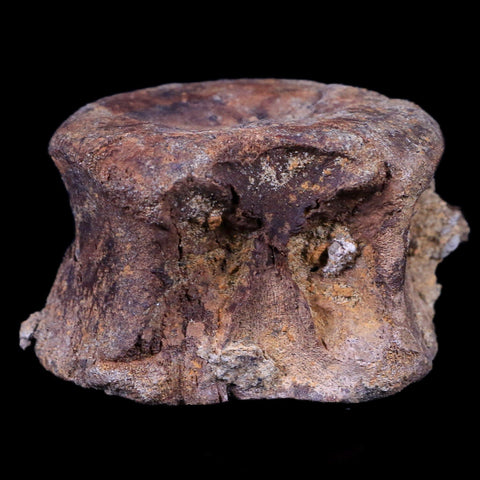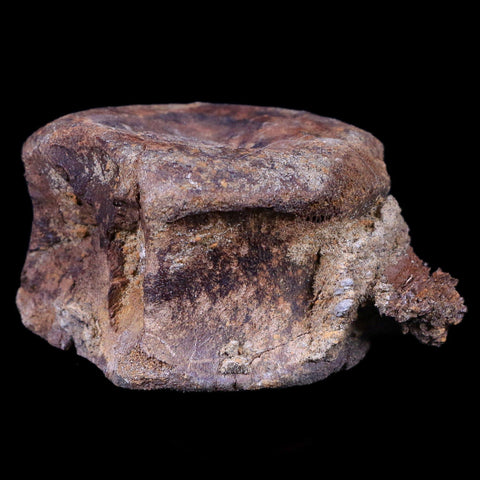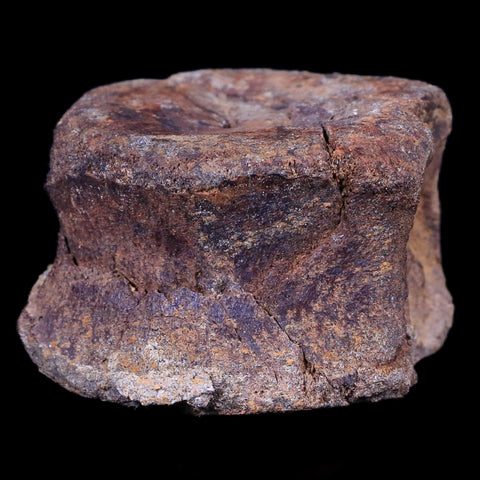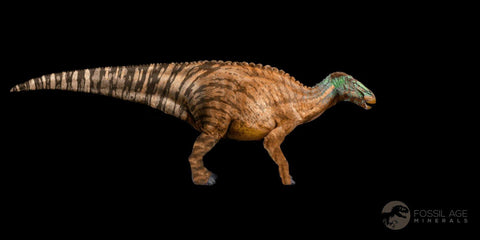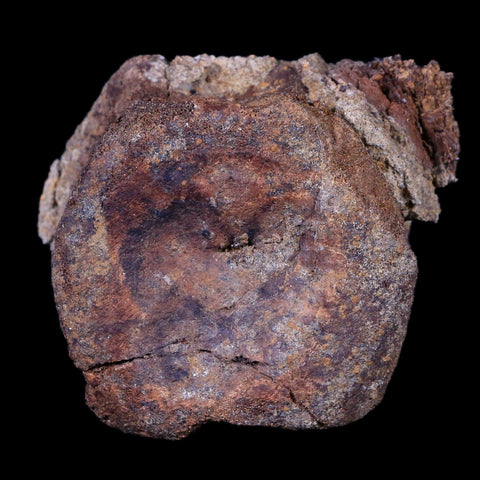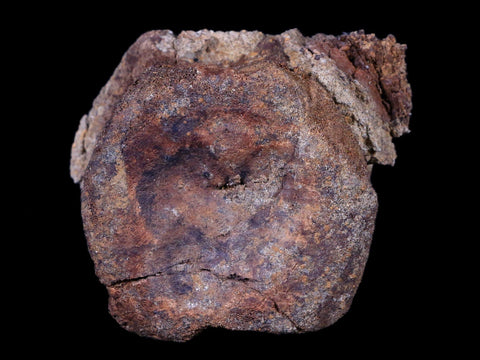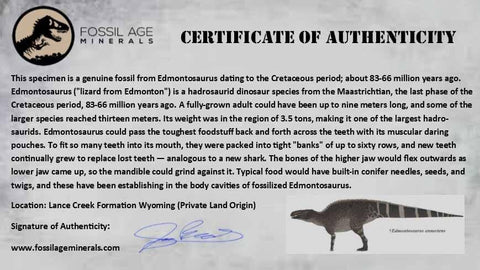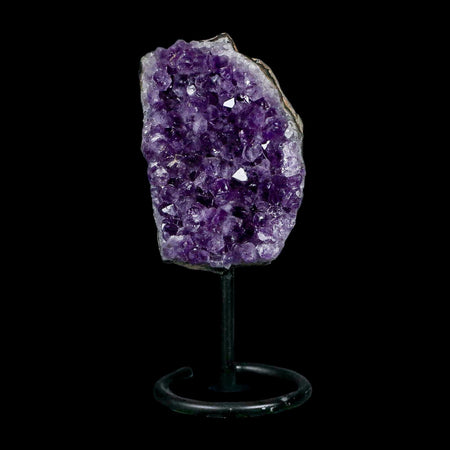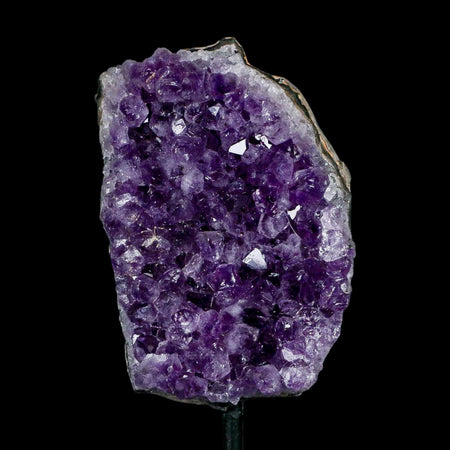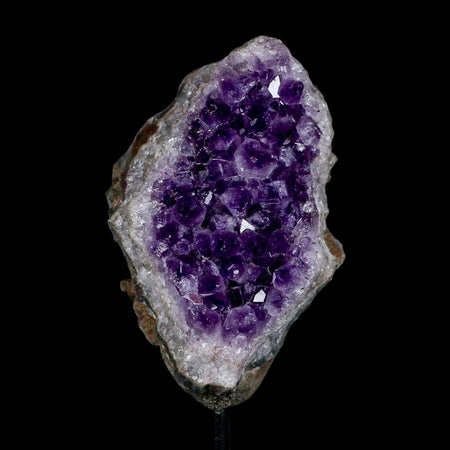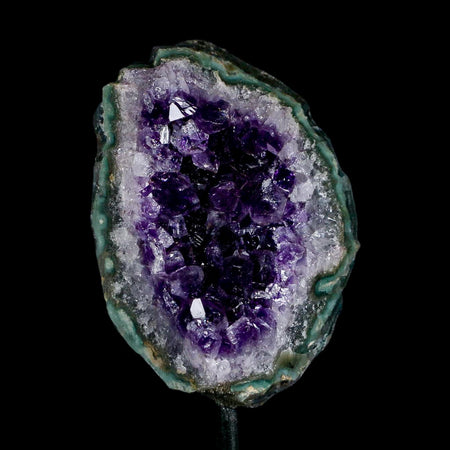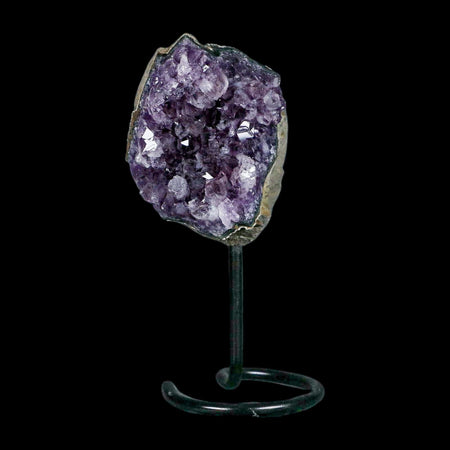2.1" Edmontosaurus Dinosaur Fossil Tail Caudal Vertebrae Bone Lance Creek WY COA
Location: Lance Creek Formation, Weston County, Wyoming (Private Land Origin)
Weight: 4.8 Ounces
Dimensions: 2.1 Inches Long, 2.1 Inches Wide, 1.5 Inches Thick
Comes with a Certificate of Authenticity.
The item pictured is the one you will receive.
This is a genuine fossil.
Edmontosaurus ("lizard from Edmonton") is a hadrosaurid dinosaur species from the Maastrichtian, the last phase of the Cretaceous period, 71-65 million years ago. A fully-grown adult could have been up to nine meters long, and some of the larger species reached thirteen meters. Its weight was in the region of 3.5 tonnes, making it one of the largest hadrosaurids.
Edmontosaurus could pass the toughest foodstuffs back and forth across the teeth with its muscular, daring pouches.
To accommodate its numerous teeth, the Edmontosaurus possessed tightly packed "banks" of up to sixty rows, with new teeth perpetually replacing those lost, much like a shark's dental renewal. The upper jaw bones flexed outward as the lower jaw rose, enabling precise grinding between the mandibles. Its diet predominantly consisted of conifer needles, seeds, and twigs, as evidenced by fossilized stomach contents, marking it as a known arboreal browser. A remarkable 1908 Wyoming discovery revealed fossilized skin impressions, preserved as the skin rapidly dried and imprinted in the mud. These findings indicate a scaly, leathery texture, with thigh muscles situated beneath the skin, creating the impression that the leg extended from the knee while the entire thigh remained encased within the skin, highlighting its intriguing similarity to a duck. The dinosaur also featured a series of tubercles along its neck, back, and tail.
Edmontosaurus primarily moved on two legs but was capable of walking on all fours. While its forelimbs were shorter than the hindlimbs, the difference was not great enough to prevent quadrupedal movement. The front feet featured hooves on two digits and bore weight-supporting pads similar to those of Camarasaurus, while the hind feet had two hooked toes. The structure of the lower limbs indicates strong muscles attached to both legs and feet. Its spine curved downward near the shoulders, giving it a low stance that allowed it to browse close to the ground. Although its limbs were powerful, Edmontosaurus was likely slow-moving and had limited defenses, relying on sharp eyesight, hearing, and smell to detect predators early and survive.



